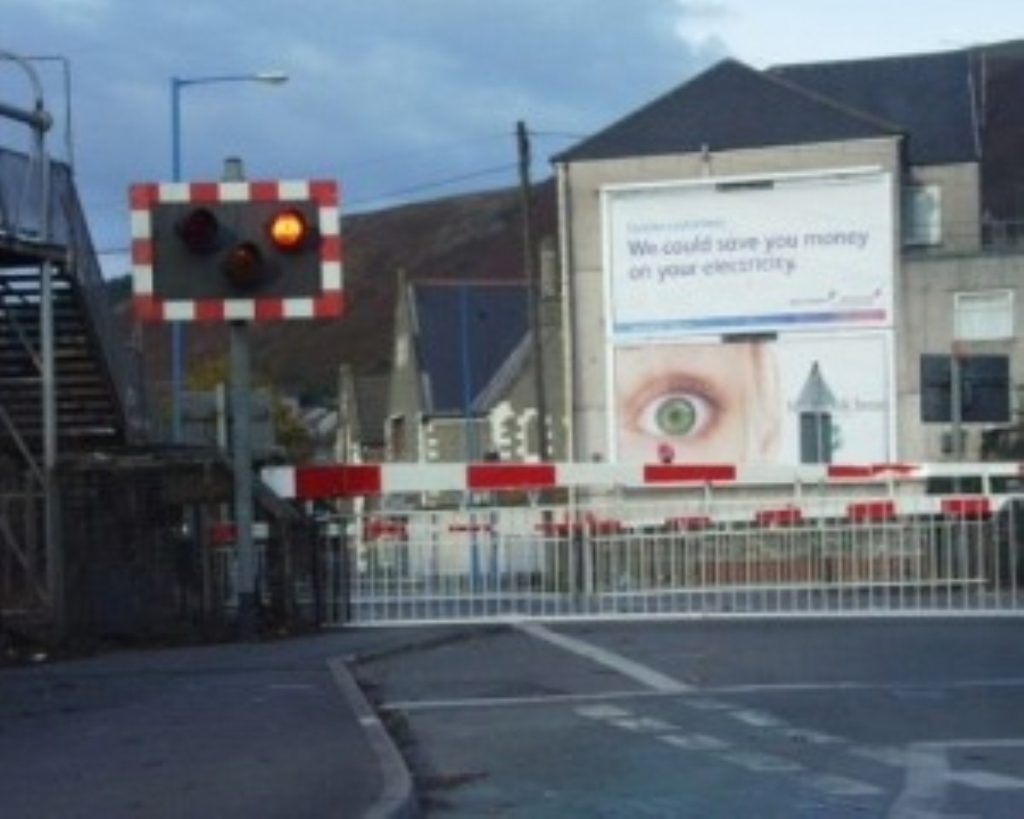HSE urges phase-out of level crossings
A report into the safety of the rail industry over the last year has recommended that level crossings are phased out.
The Health and Safety Executive (HSE) today published its annual report on the safety record of Britain’s railways between April 1st 2003 and March 31st 2004, in which it warned that level crossings pose the “greatest” risk to life.
The report noted that the overall number of railway-related deaths had dropped by 20 to 285, but that the number of deaths on level crossings was still too high.
It stated that 18 fatalaties occurred on such crossings, including the first death of a railway member of staff for many years. Nine pedestrians and eight vehicle occupants also died on level crossings.


Aside from incidents on level crossings, there were also nine staff fatalities, including six track workers, 12 passengers and 18 other member of the public fatalities, but there were no passenger deaths in train incidents.
The report also highlighted the fact that 378 signals were passed at danger (SPADs), which, while representing a decrease of 23 on last year, included a rise in serious SPADs up from 143 to 147.
“My report on rail safety for the year is a positive one,” HMRI Director of Rail Safety Dr Allan Sefton said.
“Once again, HMRI has noted improvements in key safety indicators and the year passed without a train incident causing a passenger fatality. However, it is with sadness that I report that nine railway employees lost their lives, three more than last year, with four men killed at Tebay, Cumbria in February 2004.
“I am also concerned at the number and nature of the deaths and incidents at level crossings during the year.”

